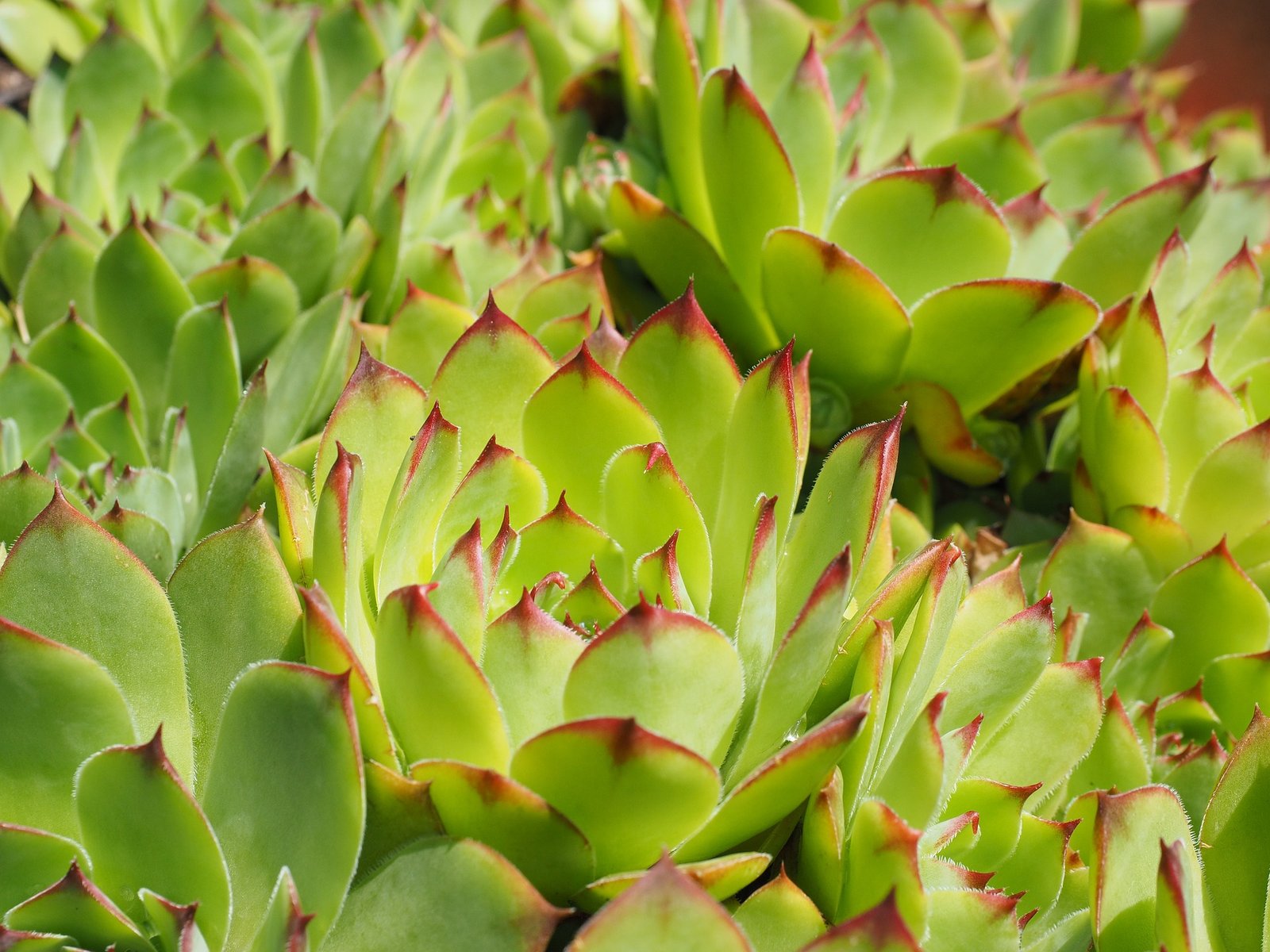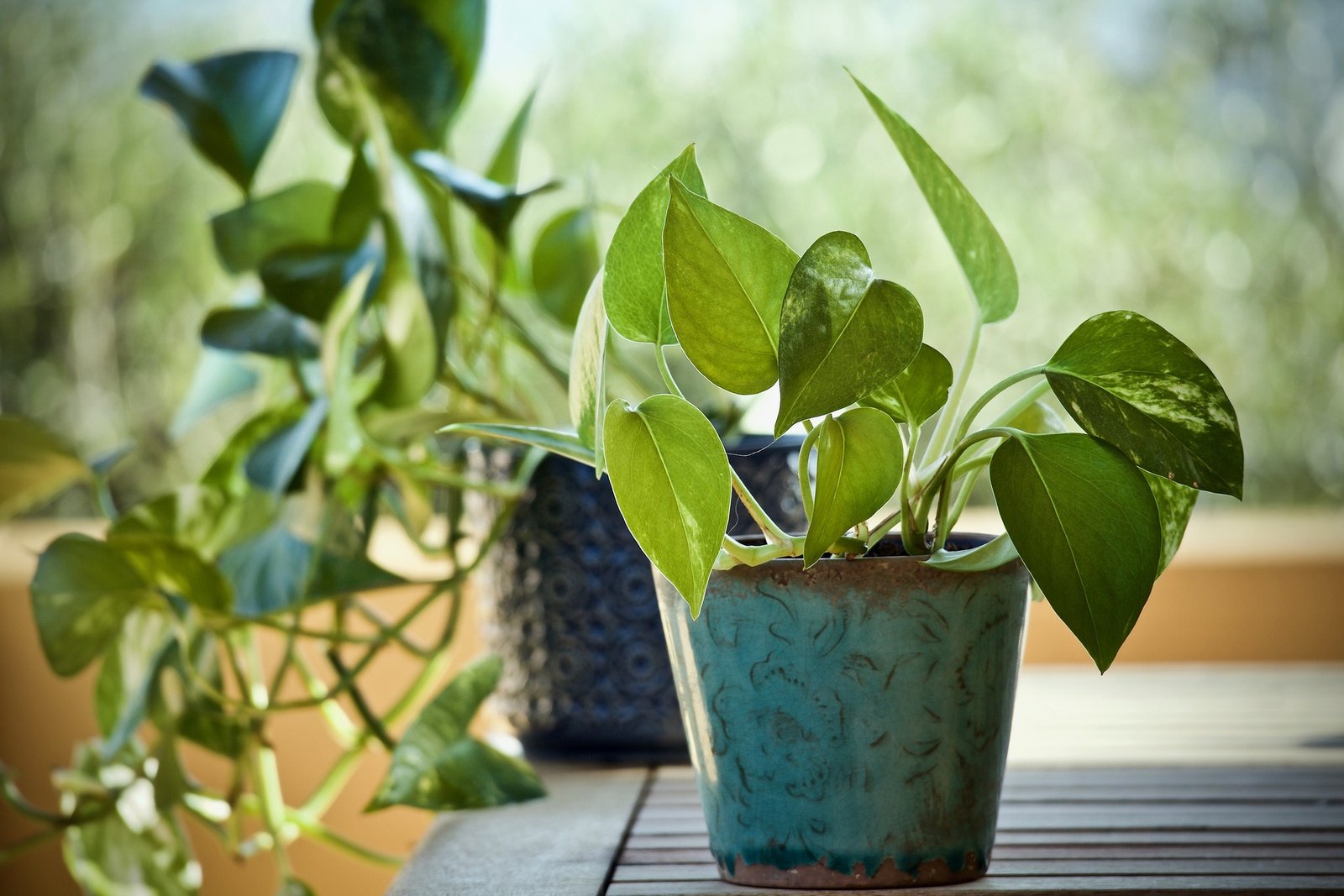Introduction
Succulents are popular among gardeners due to their distinct appearance and low maintenance requirements. Some succulents, though, may struggle in low light. For gardeners who want to establish a flourishing indoor garden in dimly lit spaces, this can be a challenge. In this article, we hope to provide you with a comprehensive overview of the best succulents for low light so that you can design a beautiful and healthy indoor garden regardless of lighting conditions.
ZZ Plant (Zamioculcas Zamiifolia)
The ZZ Plant, also known as Zamioculcas Zamiifolia, is a lovely indoor plant that is well-known for its glossy green leaves and capacity to survive in low light. This plant is a fantastic option for small spaces or rooms with little natural light because of its compact and upright growth habit. The ZZ plant can withstand dry spells because of its ability to store water in its stems and leaves.
For gardeners looking for a beautiful indoor plant that can thrive in low light conditions, this makes it a low-maintenance option. Avoiding overwatering is crucial when taking care of the ZZ plant because it can cause root rot. Instead, a potting mix that drains well and a watering schedule of once per week or less ought to be adequate. The ZZ plant’s leaves will also look their best if you place it somewhere where it will get bright, indirect light.
The ZZ Plant is a fantastic option for gardeners looking to add a touch of green to their indoor spaces due to its ease of maintenance and capacity to flourish in low light.
Snake Plant (Sansevieria)
Sansevieria, also known as the snake plant, is a beautiful and resilient indoor plant that does well in dim lighting. Long, narrow leaves that can reach a height of three feet are what make this plant distinctive. The snake plant has a distinctive and striking appearance due to the characteristic yellow or white markings on its typically green leaves.
The ability of the snake plant to purify the air is one of the main advantages of growing it in low light environments. This plant is a great option for indoor gardens because it is known for removing pollutants from the air. The snake plant requires little maintenance and can survive dry spells. Before watering the snake plant, it’s crucial to let the soil completely dry out. Root rot, which can be fatal for the plant, can result from overwatering. To keep the snake plant’s leaves looking their best, it’s also a good idea to place it where it will get bright, indirect light.
For gardeners looking to add a touch of green to their indoor spaces, the snake plant is a great option because of its capacity to purify the air and its low maintenance needs.
Pothos (Epipremnum Aureum)
Epipremnum aureum, also known as pothos, is a beautiful and hardy indoor plant that is renowned for thriving in low light settings. The long, trailing vines on this plant, which can reach a length of 10 feet, are what make it distinctive. The pothos has a distinctive and appealing appearance due to the characteristic yellow or white markings on its typically green leaves. Pothos’ capacity to purify the air is one of the advantages of low light cultivation.
This plant is a great option for indoor gardens because it is known for removing pollutants from the air. The pothos is drought-tolerant and requires little maintenance. Before watering, the soil must be completely dry in order to properly care for the plants. Root rot, which can be fatal for the plant, can result from overwatering. To keep the pothos’ leaves looking their best, it’s also a good idea to place it where it will get bright, indirect light.
The Pothos is a fantastic option for gardeners looking to add a touch of green to their indoor spaces because of its attractive appearance, air-purifying abilities, and low maintenance needs.
Cast Iron Plant (Aspidistra Elatior)
A hardy and attractive houseplant known as the Cast Iron Plant (Aspidistra elatior) can flourish in dim lighting. Long, upright leaves that can reach a height of two feet are what make this plant distinctive. The Cast Iron Plant has a timeless and elegant appearance thanks to its typically dark green, glossy leaves. The cast iron plant can withstand neglect thanks in part to its low light requirements.
This plant is tolerant of a variety of growing conditions, including dry spells and dim lighting. The cast-iron plant requires little upkeep and can survive with little attention. Avoiding overwatering is crucial when taking care of the cast iron plant because it can cause root rot. Instead, a potting mix that drains well and a watering schedule of once per week or less ought to be adequate. A location where the cast iron plant will get bright, indirect light will also help maintain the best appearance of its leaves.
The Cast Iron Plant is a fantastic option for gardeners looking to add a touch of green to their indoor spaces due to its hardiness and capacity to thrive in low light.
Chinese Money Plant (Pilea Peperomioides)
Pilea peperomioides, also known as the Chinese Money Plant. It is a pretty and low-maintenance succulent that does well in low light. This plant is well-liked by gardeners because of its round, carefree leaves and ease of maintenance. The Chinese money plant is a fantastic option for gardeners who want to enhance the air quality in their home because it is also a natural air purifier.
The Chinese money plant can thrive in a variety of lighting conditions and is easy to care for, so growing it in low light conditions has several benefits. This plant is a fantastic option for gardeners who want to create a lovely indoor garden. Even in locations with limited natural light, because of its compact size and attractive appearance.
Chinese money plants require special maintenance and care, such as watering only when the soil feels dry to the touch and keeping them out of direct sunlight. This plant is a fantastic option. Gardeners looking to create a low-maintenance indoor garden because it is also very adaptable and can withstand a wide range of temperatures.
The Chinese money plant is certain to be a welcome addition to your indoor garden due to its simplicity of maintenance and attractive appearance.

Hens And Chicks (Sempervivum)
Sempervivum, also referred to as “hens and chicks,” is a kind of succulent that thrives in low light. These plants are well-liked among gardeners because of their hardiness and rosette-shaped leaves. Green, red, and purple are just a few of the many colours that hens and chicks can be. They also produce tiny offsets, or “chicks,” that can be used to arrange them in attractive clusters in an indoor garden.
Raising hens and chicks in low light conditions has two benefits: hens and chicks are easy to care for and can thrive in a variety of lighting conditions. This hardy succulent is extremely resilient to disease and pests, and it can withstand a wide range of temperatures. Hens and chicks are a fantastic choice for gardeners who want to create a beautiful indoor garden, even in locations with limited natural light, due to their attractive appearance and low maintenance needs.
You should only water hens and chicks when the soil is completely dry, and you should keep the plants out of direct sunlight. This plant is a fantastic option for gardeners looking to create a low-maintenance indoor garden because. It is also very adaptable and can withstand a wide range of temperatures.
Hens and chicks are certain to be a welcome addition to your indoor garden due to their simplicity of care and attractive appearance.
Are There Any Succulents That Can Thrive in Full Sunlight?
Succulents in full sun require sun-loving varieties like Echeveria, Sedum, and Agave. These resilient plants have adapted to thrive under intense sunlight. Their fleshy leaves and stems retain water, allowing them to endure hot and dry conditions. By choosing the right succulents and providing proper care, you can create a vibrant sunlit display in your garden.
Can Succulents Live In A Room With No Sunlight?
Although they can survive without sunlight in a room, succulents may not thrive and grow as well in less luminous surroundings. To carry out photosynthesis, which is how they create energy from light, succulents need some light. The succulent’s growth will slow down or stop in the absence of light. It could even become weak or stunted. It’s best to place succulents in a space with bright, indirect light or provide artificial lighting to give them the best chance of flourishing.
Can Succulents Survive 5 Weeks Without Water?
Although it varies depending on the type, size, humidity, and temperature of the succulent as well as other factors. Most succulents can survive for a few weeks without water. Some succulent species, like cacti, have developed the ability to store water in their stems or leaves, enabling them to go longer periods of time without water. However, it is likely that most succulents will begin to wilt and exhibit signs of stress after 5 weeks without water.
It’s best to give your succulents the right growing conditions and regular watering to keep them healthy.
How about some coffee for your succulents?
Conclusion
Finally, cultivating succulents in low light environments can be a wonderful way to make a lovely indoor garden that is simple to maintain. Succulents are a great option for gardeners who want to create a flourishing indoor garden. Regardless of the lighting conditions, due to their hardiness and capacity to thrive in a wide range of lighting conditions.
There is sure to be a succulent that will suit your needs and assist you in creating a lovely indoor garden that you can enjoy for years to come. From the Chinese Money Plant and Hens and Chicks to the ZZ Plant and Snake Plant. It’s critical to pick the ideal succulent for your indoor garden based on the available lighting, your personal preferences, and your preferred methods of maintenance and care. By doing this, you can make sure that you can take advantage of a lovely indoor garden that is hassle-free to maintain and meets your needs.
We urge all gardeners to experiment with growing succulents in low light. Succulents are sure to be a welcome addition to any indoor garden thanks to their hardiness and adaptability. They are sure to give you years of beauty and pleasure. Growing succulents in low light is a fantastic way to bring the beauty of nature into your home. Regardless of your level of gardening experience.
- Because of their unique appearance and low maintenance requirements, succulents have become a popular indoor plant choice.
- Some succulents struggle in low light conditions, making it a challenge for gardeners to create a thriving indoor garden.
- The ZZ Plant (Zamioculcas Zamiifolia) is an attractive plant that thrives in low light conditions and is low-maintenance. It should be kept from overwatering and placed in bright, indirect light.
- Snake Plant (Sansevieria) is an attractive and hardy indoor plant that thrives in low light conditions. It purifies the air and is low-maintenance. Allow it to dry completely before watering, and place it in bright, indirect light.
- Pothos (Epipremnum aureum) is an attractive and hardy indoor plant that thrives in low light conditions. It purifies the air and is low-maintenance. Allow it to dry completely before watering, and place it in bright, indirect light.
- Cast Iron Plant (Aspidistra elatior) is a sturdy and attractive indoor plant that thrives in low light conditions. It can withstand neglect and is low-maintenance. It should be kept from overwatering and placed in bright, indirect light.
- Chinese Money Plant (Pilea peperomioides) is a charming and low-maintenance succulent that thrives in low light conditions. It is easy to care for and popular among gardeners.



